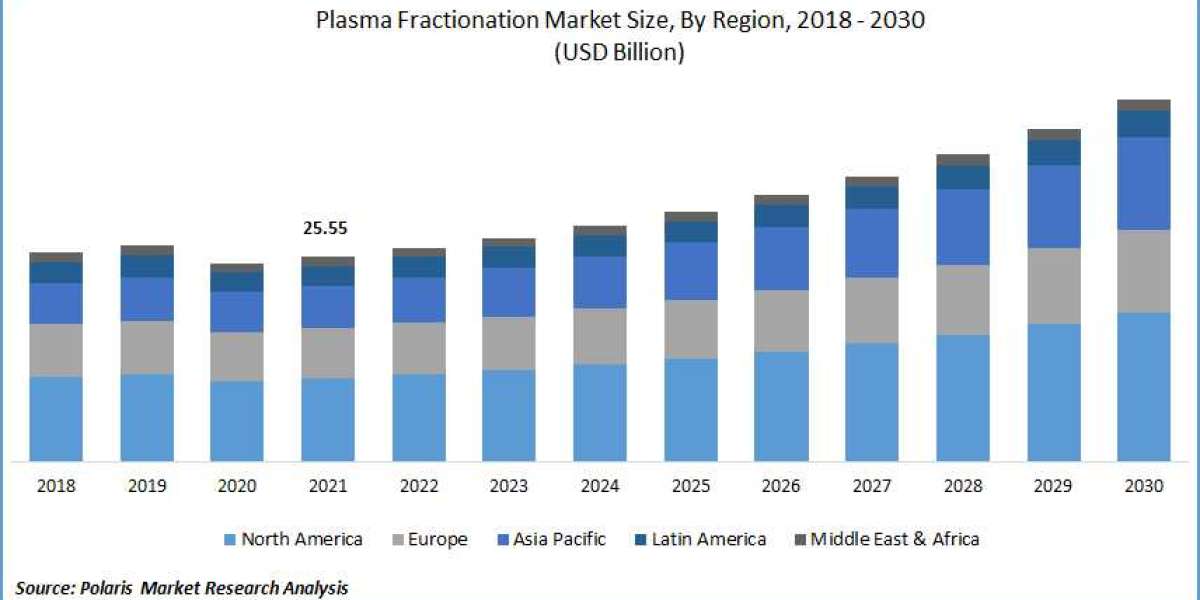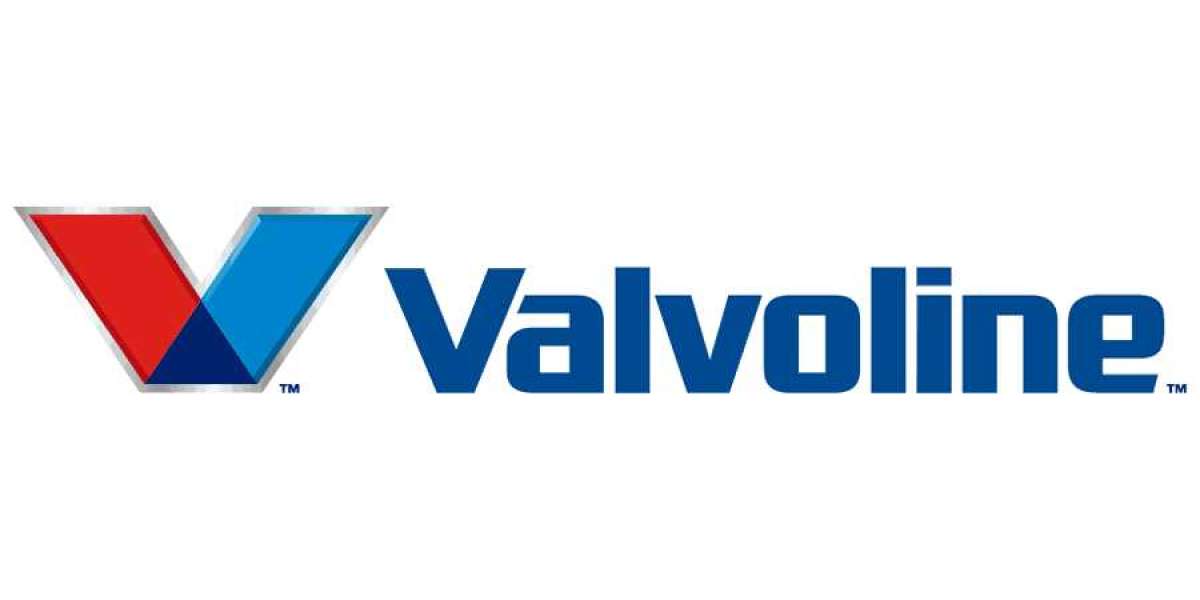Global plasma fractionation market is projected to witness a CAGR of 7.28% during the forecast period 2024-2031, growing from USD 30.25 billion in 2023 to USD 53.05 billion in 2031. The plasma fractionation market is thriving under the influence of factors, including the rising demand for blood plasma therapies, advancements in fractionation technologies, and the growing occurrence of target diseases among an aging population with blood-related diseases. Plasma fractionation plays a crucial role in producing essential therapeutics from human plasma, addressing various medical needs. The growing adoption of plasma therapies and utilization of plasma products in various therapeutics and industrial applications significantly increases the demand in the plasma fractionation market. Alongside, the investors’ traction to develop the market and derive profit out of it, further enhances the market growth. However, the main restraints for the plasma fractionation market include high costs and limited reimbursements, as well as market disruption caused by recombinant alternatives. Additionally, stringent regulatory requirements can make it difficult for new companies to enter the market and for existing companies to bring new products to market.
In November 2023, Grifols, a respected plasma medicine company, gained FDA approval for its expanded manufacturing site in Clayton. This approval covers the production of Gamunex-C, a prominent Grifols immunoglobulin (Ig) brand. With the new facility, Grifols can now produce 16 million grams of Gamunex-C annually, boosting its global capacity to 60 million grams. Grifols is also planning to secure FDA approval to produce XEMBIFY, its rapidly growing subcutaneous Ig, at the same facility.
Rising Demand for Blood Plasma Therapies
Plasma therapy is becoming increasingly sought-after due to the growing number of rare diseases and reliance on treatments derived from blood plasma. This demand is boosting market growth worldwide. Organizations like PAHO advocate for regular and voluntary blood and plasma donations to maintain a reliable supply, particularly in areas where donations are insufficient. However, the COVID-19 pandemic reduced plasma donations, resulting in a shortage of essential materials for plasma-based treatments. With the increasing demand for plasma therapies and plasma products, the market for plasma fractionation solutions is anticipated to rise significantly in the upcoming future. Manufacturers like Takeda are dedicated to developing manufacturing setups to cater to the growing requirements of the market.
In April 2023, Takeda, a leading Japanese biopharmaceutical company, plans to construct Japan's largest facility for producing plasma-based medicines (PDTs) in Osaka. This investment aims to meet the growing demand for PDTs domestically and globally. The new facility will significantly increase Takeda's plasma manufacturing capacity in Japan by approximately five times. With an estimated investment of JPY 100 billion, construction will commence in early 2024, and the facility is expected to be operational by 2030, bolstering Takeda's global manufacturing network.
Growing Prevalence of Immunodeficiency Diseases
The growing prevalence of immunodeficiency diseases is driving the demand for plasma fractionation due to the effectiveness of plasma-derived therapies in treating these conditions. Plasma-derived therapies have become essential treatment options for rare diseases and immunodeficiency disorders, leading to a surge in demand for these therapies. Plasma fractionation involves separating and purifying key blood plasma components like immunoglobulins, albumins, and anticoagulant factors, which are crucial for formulating life-saving therapeutics. Primary immunodeficiency diseases affect an estimated 60 lakh people worldwide, and 70% to 90% of individuals have undiagnosed primary immunodeficiency conditions. As per an estimation, about 5,000 individuals within the United Kingdom suffer from primary immunodeficiency disorder. Approximately 50.5 people out of every 1,00,000 in the United States are estimated to have a primary immunodeficiency disorder.
Immunoglobulins Segment to be Fastest Growing
Immunoglobulins are popular for plasma fractionation due to their use in treating individuals with antibody deficiencies. Immunoglobulin replacement therapy is the standard treatment for these patients, and it involves the administration of intravenous immunoglobulin (IVIG) or subcutaneously (SCIG). Immunoglobulin is used to help patients suffering from primary and secondary immunodeficiency disorders and combat viral and bacterial infections. Several products related to this segment are under clinical investigation and seem to grow with time. For instance, in July 2023, the FDA approved the updated application for GC5107B, an immune globulin solution intended for intravenous use in patients who have a weakened immune system known as primary humoral immunodeficiency. This liquid solution contains human immunoglobulin G (100mg/mL) and is extracted from donated human plasma in the United States. The application is supported by a study that observed the effectiveness and safety of GC5107B with 49 patients between the ages of 3 and 70 with confirmed primary immunodeficiency.
Centrifugation to be Leading Method Type
Centrifugation is a widely used method for plasma fractionation due to its effectiveness in separating individual plasma proteins based on their density. The process involves using centrifuges and centrifugal force to segregate plasma proteins, with precipitated proteins of higher density remaining in the centrifuge, while lighter components are forced out. This method has seen increased application over the years, leading to the development of specialized centrifuges for large-scale plasma processing. In industrial settings, vertical centrifuge plasma fractionation systems are designed specifically for pharmaceutical applications to separate different plasma fractions efficiently. These systems ensure optimal yield of valuable raw materials with maximum purity and quality, meeting the stringent requirements of reliable processes in medical applications.
North America to be the Dominating Region
North America's leadership in the plasma fractionation market stems from several key reasons. Most plasma supplies for manufacturing plasma-derived medicinal products come from North American countries, with the United States commercial plasma industry historically dominating international supply. The United States plays a crucial role in meeting international needs for plasma due to its significant export of plasma-derived products. The United States supplies around 70% of the world's plasma. The strong presence of market players in North America strengthens the lead of the region in plasma fractionation market. In April 2023, CSL Plasma, a subsidiary of CSL Behring, opened a new plasma collection center in Kankakee, Illinois. This marks their 320th center in the U.S. Located near the CSL Behring manufacturing site, this center collects plasma used to create life-saving therapies for rare and severe diseases, such as immune disorders, swelling, respiratory diseases, and bleeding or neurological conditions.
Future Market Scenario (2024 – 2031F)
Future trends in plasma-derived therapies include a focus on reducing fractionation scale, adopting new technologies, and increasing automation to improve efficiency and reduce costs. The plasma industry is exploring novel manufacturing technologies, such as flammable material-free fractionation and continuous manufacturing, to improve the efficiency of fractionation facilities. Additionally, there is a growing demand for plasma-derived therapies due to an aging population, clinical successes, and recent applications for both widespread diseases and many rare conditions. Apart from this, an increase in the number of plasma collection centers is also strengthening the plasma fractionation market. For instance, in November 2023, ADMA Biologics, a biopharmaceutical company specializing in plasma-derived biologics, has secured FDA approval for its newest plasma collection center in Laurel, Maryland. This facility began operations earlier this year and has already started collecting plasma. With this approval, ADMA can now distribute the collected plasma in the U.S. for further processing into biological products.
Report Scope
“Plasma Fractionation Market Assessment, Opportunities, and Forecast, 2017-2031F”, is a comprehensive report by Markets and Data, providing in-depth analysis and qualitative and quantitative assessment of the current state of the global plasma fractionation market, industry dynamics, and challenges. The report includes market size, segmental shares, growth trends, opportunities, and forecast between 2024 and 2031. Additionally, the report profiles the leading players in the industry mentioning their respective market share, business model, competitive intelligence, etc.
Click Here:https://www.marketsandata.com/industry-reports/plasma-fractionation-market








